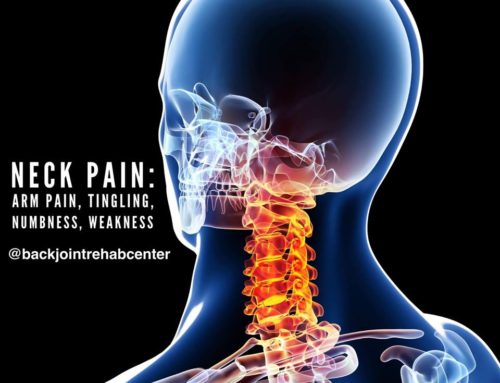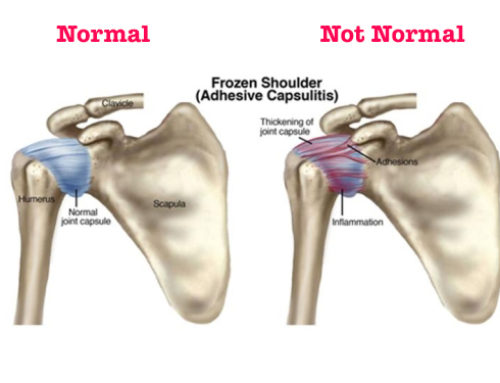PART 3: ACHILLES TENDONITIS
In the third part of the Runners Series, we discuss the pain and problems associated with Achilles Tendonitis. Through this article, you will identify characteristics associated with pain in the achilles & lower leg in comparison to actual achilles tendonitis. This will help you differentiate between achilles tendonitis and other problems of the ankle & lower leg.
If you missed the previous parts of the Runners Series and would like to learn how to avoid these injuries, click on the links below:
The achilles is a tendon that is made up of three muscles groups: both heads of the gastrocnemius, the soleus, and the tiny plantaris muscle.
The three form a tough thick tendon that connects the calf muscles to the heel bone. Unlike other tendons in the body, the Achilles Tendon, does not have any protective covering, leaving it vulnerable to inflammation and injury. Remember the Greek Warrior, Achilles? The achilles was his only vulnerability to his enemies. To us, the achilles tendon commonly produces irritation to the tendon with overuse injuries.
Tendonitis is simply defined as inflammation of the tendon. So, Achilles Tendonitis is inflammation of the achilles tendon. To accurately diagnose achilles tendonitis, be certain that inflammation is present.
The classic signs of inflammation are the increase of temperature, redness, swelling, pain, and loss of function. However, the increase in temperature, redness, swelling, and loss of function do not have to be visibly present.
The key identifying factor of inflammation is CONSTANT PAIN
Constant Pain is defined as pain being present every hour, every minute, every second regardless of position, posture, activity or at rest. Constant pain is like the volume knob on a radio; you can turn the volume up or down using the knob, but you cannot turn off the radio using the volume knob. Sometimes, the level of constant pain increases to a 10/10 and sometimes it decreases to a 1/10. Regardless, the pain remains present and is never a 0/10. That is the presentation of inflammation, constant pain.
Achilles Tendonitis is constant pain of the achilles tendon with possibly accompanying factors such as increase of temperature, redness, swelling and loss of function.
If you have been diagnosed with Achilles Tendonitis and it presents as described above, your first priority is to get rid of the inflammation. We have all heard of mnemonics regarding treatment for inflammation. Here is another mnemonic of some things you can do to get rid of the inflammation, PRICE:
- Passive, Gentle Movement of the Ankle & Foot
- Rest
- Ice
- Compression (if swelling is present)
- Elevate (if swelling is present)
Now, if your problem does not sound as it was described, then, you may have Achilles Tendinosis or some other problem. Tendinosis is defined as a degenerative tendinopathy at a cellular level WITHOUT inflammation. Pain presentation with Achilles Tendinosis is INTERMITTENT PAIN.
Achilles Tendinosis and Achilles Tendonitis are two different conditions that require two different solutions. Achilles Tendinosis requires end range loading to remodel the damaged, degenerative achilles tendon. By remodeling the tendon, it strengthens the tendon improving the function of the achilles and reducing irritation. This allows for a happily return to running.
The close similarities between the two conditions can lead to inefficient treatment strategies and prolonging the return to running. By identifying the correct condition and classifying the pain mechanism, the solution becomes evident and effective.
If you struggle with Achilles Tendonitis, Tendinosis, or some Lower Leg Pain, please give us a call to help you get rid of your pains! We help people who suffer from all types of running injuries.
We are Dedicated to Get You Better Through Movement…
If You or Someone You Know Struggles with Leg, Ankle, or Foot Pain, Give Us a Call. We are here to help (219)-310-8822.
Dr. Artemio Del Real DC, Cert. MDT, CSCS





